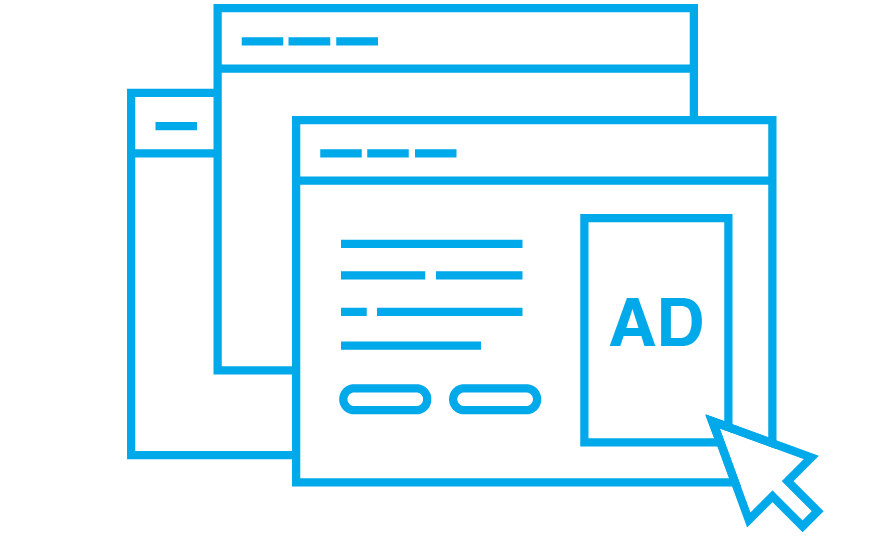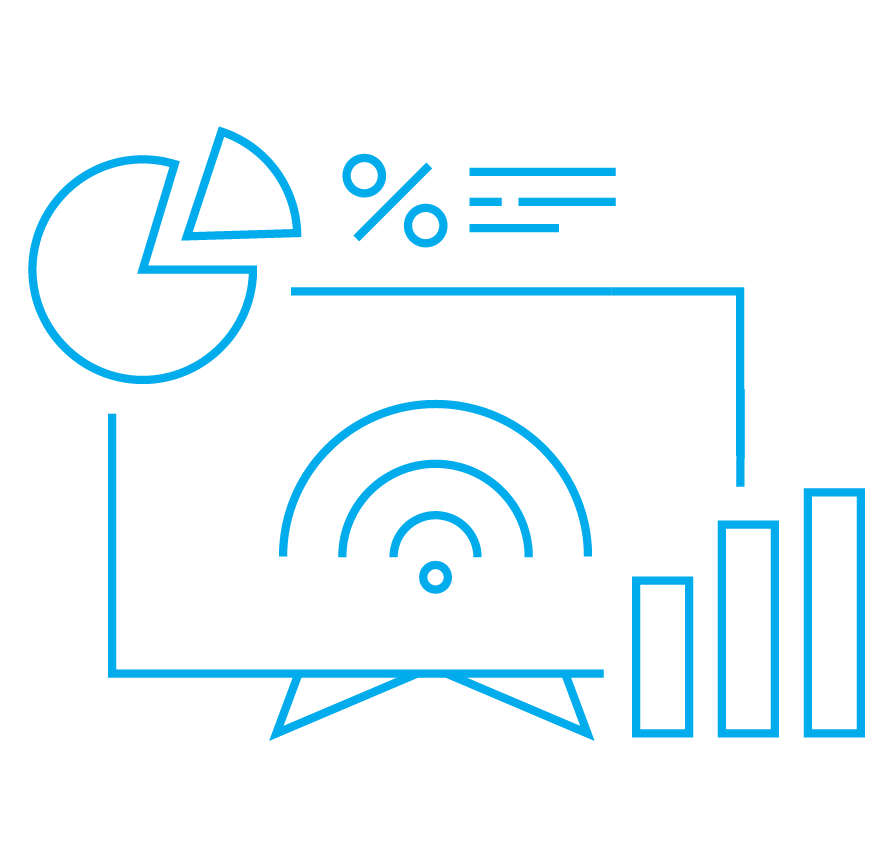- What is SSP?
- How SSP works
- SSP and DSP - key differences
- What benefits SSP brings
SSP, which stands for Supply-Side Platform, takes a publisher’s side during real-time auction. SSP delivers an actual content of the advertisement as an answer for a request to an ad exchange. Furthermore, user interface here allows customizing the publisher’s profile to meet business needs as precisely as it’s possible.
What is SSP?
SSP is a platform that offers ad publishers multiple options to maintain, optimize and sell their ad space. It can be a video, audio, an image banner or any other kind of advertisement that belongs to the publisher. By sending an impression to the ad exchange, SSP informs about an ad availability. After the ad is sold, it becomes visible on the advertiser’s website.
Supply-Side Platform has been invented in a first place to minimize the risk that some inventory will not be sold. SSP’s usage eliminates human effort during ad buying, which also could be time-consuming, error-prone or overpaid. The main goal of the platform has a golden sales rule being taken into account – to sell as expensive as possible, with all parts of the deal to have a profit in the end. Since this is a part of the automatic process, the selling itself happens in a couple of milliseconds.
How SSP works
Being a part of RTB mechanism, SSP represents a network of publishers who deliver an ad to be sold to the advertisers. Advertisers, on the other hand, have Demand-Side Platform (DSP) to their disposal. DSP is a platform that automatically buys an ad from publishers. To learn more about RTB, check our article – what is Real time bidding (RTB).
SSP is directly connected to an ad exchange and a particular website, where an ad will be placed. On behalf of the publisher, the platform launches cooperation with ad exchange by sending ad requests (impressions) about a particular ad. DSP, on the other hand, works on behalf of advertisers, and makes a bid. Every bid, that is done by DSP is calculated based on data from the data provider (like DMP) with a set of users (so called 3rd party data), who belong to the target audience (1st party data). Once the highest bid is won, SSP gets a code with the sold ad and places it to the website’s source code.
Supply-Side Platform allows publishers as market participants to set a hard/soft rate floors for their space. It’s a combination of low rates within first- or second-price auctions, where an auction winner pays the highest declared bid or an amount with the second highest bid plus $0.01, respectively. These options allow an ad owner to set a rate for an auction to be started from. SSP strives to raise that amount as high as it’s possible.
Publishers can also set a filter for their ads, e.g. by the certain advertiser or an ad category. This is very useful in case when the content of the advertisement and content of the environment, where the ad will be placed contradict between each other by company’s policy or is controversial for visitors.
SSP and DSP – key differences
Speaking about the functionality of SSP, it’s indeed similar to DSP. They both collect a network of auction parties and serve them services.
The difference between them is actually what and to who they meant to serve, what further actions and integrations should have a place afterwards in order for the predicted result to be received. SSP is meant to take a supply side, while DSP takes a demand side.
What benefits SSP brings
SSP is a powerful tool that brings many opportunities for the publishers to have a constant look into insights of every ad transaction. They receive up-to-date reports and can modify details if needed to optimize a campaign. Ad owners are able to see what and to whom their ad is being sold or where exactly their ad is placed.
By combining user characteristics from data providers, gathered during planning of the online campaign, along with DSP, SSP and ad exchange integration, marketers are able to receive the most effective results nowadays.
RTB mechanism gathers these platforms altogether and makes their cooperation very fast, cost-effective and the most profitable than ever before. In fact, human interference isn’t even necessary here, because Supply-Side Platform is automatically looking for an appropriate pair of buyer/advertisement so every declared ad becomes sold.



